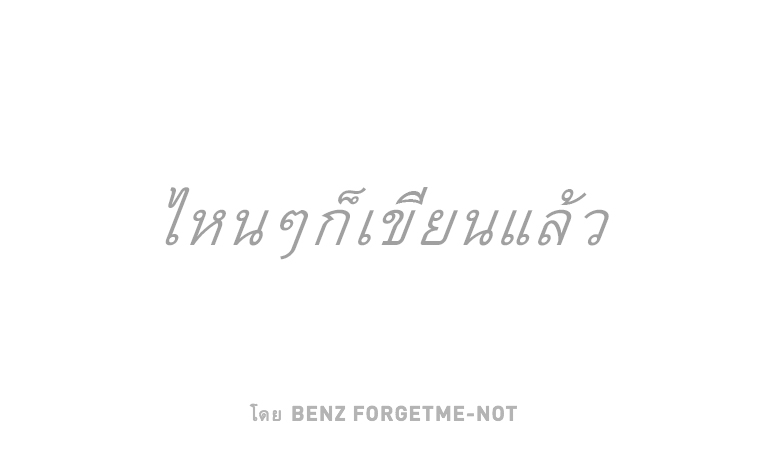

Clear Library: Erases the current Library and resets it back to the defaults (with no media imported).Library Options: opens Options > Library & Folders.Restore (overwrite) this Library with a previous backup.Īnd there are additional tools available for managing the currently loaded Library:.
Minimserver album image zip file#

Clone it to create a new, independent copy of the Library.Delete it to remove it from Media Center's Library Manager (this does not delete the Library's database files from disk).When you select an existing Library under the Library Manager, it provides information on the Library's location and size in the view header on the right-hand side. Mc20.exe /Library "Only ABBA Library" Managing Libraries Run the Media Center launcher utility with the following command line parameters: Click the Load Library button on the right.Select the Library you'd like from the ones available under the Library Manager in the Tree.To load a Library Using the Library Manager: If you prefer not to see one, you can hide it or delete it from the list. These can be used just like the ones added manually. Media Center will also auto-discover new compatible Libraries available on your local area network. Please remember that MC performs best with its Library on a fast disk (slow external and network drives are not recommended). Local Library: This is used to create a new Library on a local disk.Enter the remote server's Access Key or network address. Library Server: This is used to access the Media Server of another copy of MC running on the network.In the Name field, give the new library a name.You can use these child items to perform functions on individual Libraries. The currently loaded Library is shown with a highlighted icon, and any currently available but unloaded Libraries are shown with dimmed icons. The node will also expand to show a child item for each available Library. Delete an automatically-discovered Library from the list.Show a Library that was previously Hidden.The Media Center Library Manager is found under Playing Now in the Tree. You might want to keep your audio, images, and video separated from each other so you could create a separate library for each.On a laptop that you use both at home and on the go, you could have two libraries: one for home use accessing a network drive containing the losslessly compressed content, and one containing smaller (lossy compressed) content for travel.

See Party Mode and Access Control for a different way of doing this. When your friends come over, they see the music they are supposed to see (and your collection of Engelbert Humperdinck albums remains your secret!). You can create a library for Party Music.You may want to disable tag updating in this scenario. They can also rate their music in their own way. Members import only those files they like. You can create a library for each member of the house.Here are some of the ways that multiple libraries can be used: This can be useful in a multiple user environment, or when a specialized library is needed. The Library Manager allows the user to create and maintain multiple, independent Libraries (databases).


 0 kommentar(er)
0 kommentar(er)
